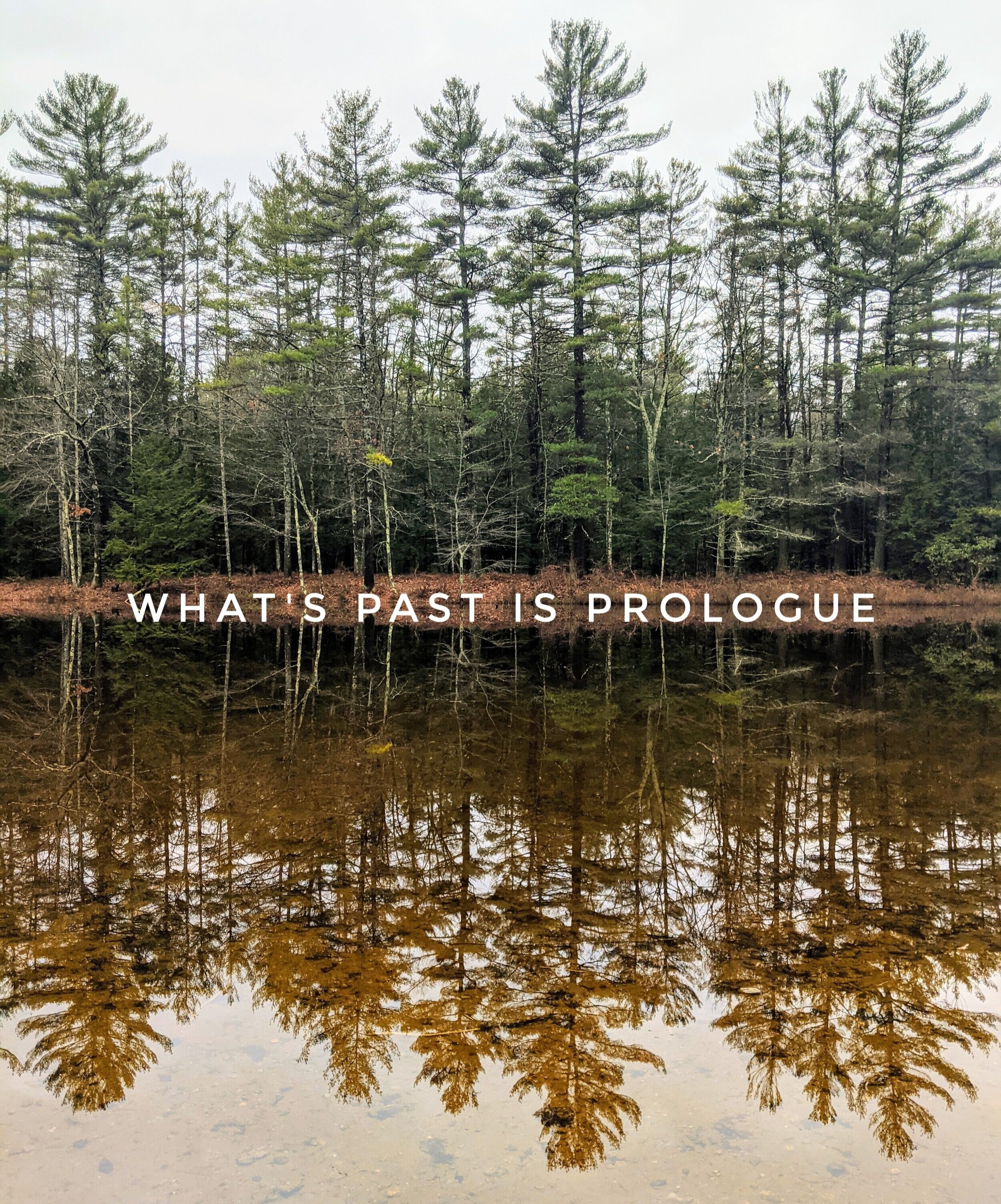Hildegard von Bingen: Columba aspexit, arr. Alex Fortes
Barbara Strozzi: L'usignuolo, arr. Alex Fortes
Nina C. Young (b. 1984): Memento mori - Phase I
Barbara Strozzi: L'amante modesto, arr. Alex Fortes
Gabriella Smith (b. 1991): Carrot Revolution
Rhiannon Giddens (b.1977): At the Purchaser’s Option
Eleanor Alberga (b. 1949): String Quartet No. 1
The phrase “What’s Past is Prologue” was famously spoken by Antonio in Shakespeare’s The Tempest, and has become a modern shorthand for the notion that history sets the context for the present. For this Aizuri Quartet program, “What’s Past is Prologue” refers to music of the present moment that has sprung forth from the past.
The first half features pieces from the 12th and 17th centuries—by Hildegard von Bingen and Barbara Strozzi respectively—paired with new music that draws inspiration from old music. Hildegard von Bingen’s plainchant Columba aspexit and Barbara Strozzi’s madrigals L’usignuolo (The Nightingale) and L’amante modesto (The Modest Lover) are illustrative of their bold, original approaches to vocal composition. They are heard here in new arrangements by Alex Fortes that were commissioned by the Aizuri Quartet.
Contemporary American composers Nina C. Young and Gabriella Smith reflect on the work of those who came before them as they push the string quartet medium towards the future. In Memento mori - Phase I, Young uses the first five notes of the D minor subject of Bach’s Art of Fugue as the musical material from which the piece is spun. An artistic reminder of the inevitability of death, she describes her Memento mori as “a meditation on life and the perception of time. In our daily activities, the constant influx of information, sensations, and stimuli saturates our consciousness. By stepping out of time, we can zoom in and out of our perceptual systems, allowing us to focus on their intricacies and beauty.”
Gabriella Smith’s Carrot Revolution, written for the Aizuri Quartet in 2015, ushers the quartet through a collage of styles, playfully drawing grooves and flashes of melody out of a wide array of extended techniques. Inspired by the vast art collection of Dr. Albert C. Barnes and his unique approach to displaying paintings, metal objects, furniture and pottery in unusual combinations, Gabriella writes: “I envisioned the piece as a celebration of that spirit of fresh observation and of new ways of looking at old things, such as the string quartet—a 200-year-old genre—as well as some of my even older musical influences (Bach, Perotin, Gregorian chant, Georgian folk songs, and Celtic fiddle tunes). The piece is a patchwork of my wildly contrasting influences and full of strange and unexpected juxtapositions and intersecting planes of sound, inspired by the way Barnes' ensembles show old works in new contexts and draw connections between things we don’t think of as being related.”
Rhiannon Giddens makes a psychological journey into a troubled part of America’s past with her song At the Purchaser’s Option (from her album “Freedom Highway” and arranged for string quartet by Jacob Garchik). The song was inspired by a 19th-century advertisement Giddens found for a 22-year-old female slave whose baby was also available for sale (“at the purchaser’s option”). Giddens, a musical historian, imagines the interior world of the slave whose soul is out of reach to her captors. Finally, the British, Jamaican-born composer Eleanor Alberga draws inspiration from the scale and energy of the ancient, physical world. Her String Quartet No. 1 launches into outer space and explores the galaxy with brightness, virtuosity, and a sense of wonder. Alberga writes, “In the case of the first quartet I was propelled into an intense burst of creativity by a lecture on physics. The details of this lecture — who gave it, where it was given, and so on — are now lost to my memory, but what grabbed me was the realization that all matter — including our physical bodies — is made of the same stuff: star dust. So the first movement might be called ‘a fugue without a subject,’ as particles of this stardust swirl around each other, go their separate ways, collide, or merge. The second movement might be described as ‘stargazing from outer space,’ while the finale re-establishes gravity and earthbound energy.”
- Written by Karen Ouzounian
Click here for a downloadable pdf version of the program, including complete movements titles and timings
